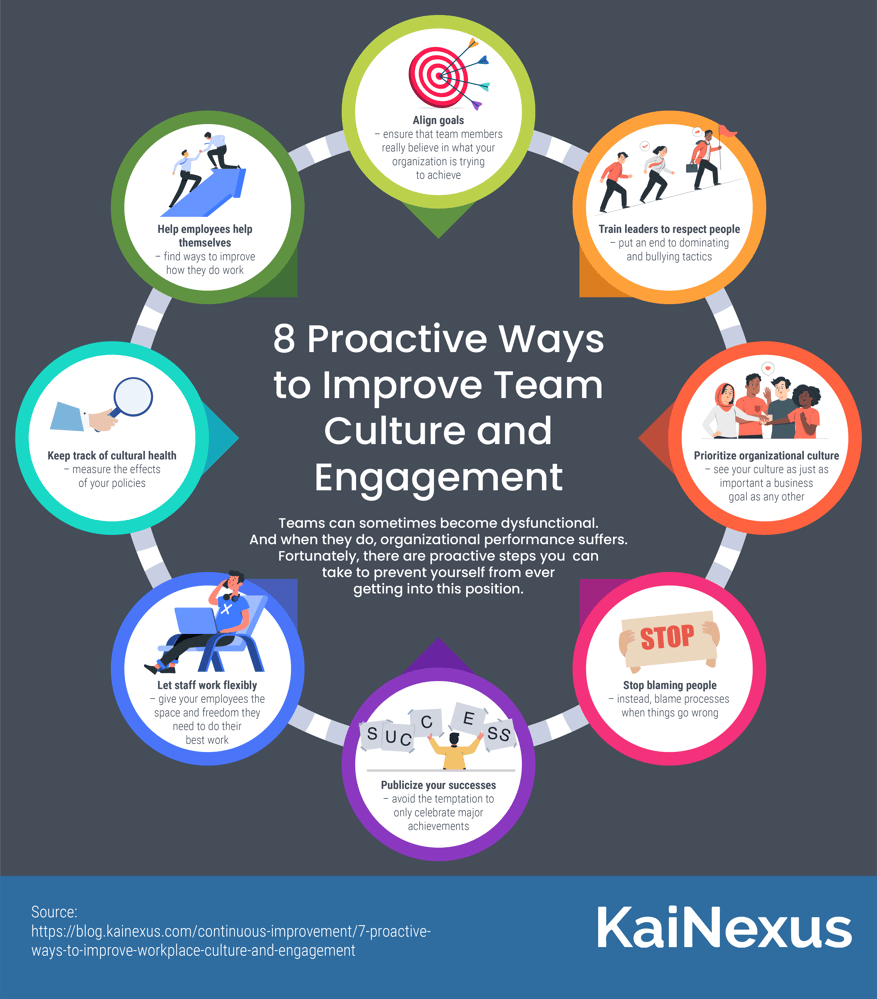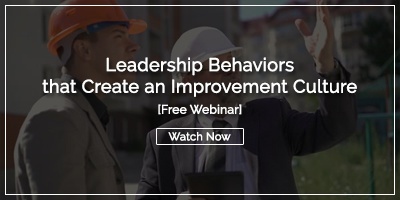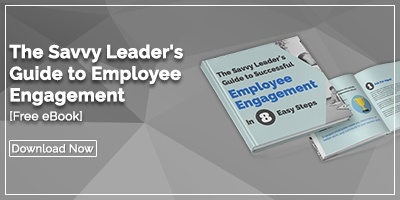 The Deloitte University Press Global Human Capital Trends report has the most helpful definition of culture and engagement that we've seen. The report notes, "Culture describes the way things work around here, while engagement describes how people feel about the way things work around here."
The Deloitte University Press Global Human Capital Trends report has the most helpful definition of culture and engagement that we've seen. The report notes, "Culture describes the way things work around here, while engagement describes how people feel about the way things work around here."
That statement explains why a Denison Consulting study found that organizations with thriving corporate cultures have a 72% higher engagement rate than those without one. Why is that so important? Gallup found that businesses and work units with high employee engagement enjoyed 21% more profitability than their competition. They also found productivity levels averaging 17% better.
What's shocking, given that 85% of the 7,000 plus executives Deloitte surveyed ranked engagement as a top priority, is that fewer than one in three executives reported that they understand their organization's culture.
To move the lever on engagement, you must address culture, but how?
Here are a few things that leaders can do to start changing "the way things work around here."
Prioritize Organizational Culture
We've spoken with executives who say they don't spend much effort on the organization's culture because it is subjective. There's no easy way to measure it. You can't report on it in a spreadsheet, and it isn't possible to prove an ROI on the methods that have been traditionally used to improve company culture.
That thinking is a problem because organizations have a culture, whether intentional or not. "Normal" work behaviors and expectations develop, and new employees conform to them.
How people approach their work and how they feel about it makes all the difference in results. It impacts quality, productivity, turnover rates, recruitment, customer support, and more.
What could be more worthy of executive attention?
Align Corporate and Individual Goals
People can make better decisions about how to do their work, which tasks to prioritize, and how to solve problems if they understand the organization's overall goals. Therefore, people need to connect with not just the annual financial objectives but the bigger picture of why the organization exists.
The significant shift comes when individual goals and the organization's key objectives are aligned and when people know how the work they do fits into the bigger picture. Successful organizations cascade goals from the top down to each person with a clear link at every level.
Management software helps achieve this end by tying improvement work to specific goals and keeping the priorities centered in daily work.
Focus on Employee Development
Over the last couple of decades, the trend has been to create an informal, fun work environment by bringing in bean bags and pool tables. Despite this, Deloitte found that fewer than 25% of millennials said that a fun workplace is vital to them when looking for a job. Instead, they prioritized the opportunity to learn and grow, the quality of leadership, and their interest in the work.
Development and growth opportunities aren't only crucial for employee retention and recruiting. In the Deloitte 2020 Global Human Capital Trends report, they found that executives predicted that between half and all of their workers would need to be reskilled by 2023 to provide the required capabilities at that time.
Some companies are taking the idea of providing employee learning opportunities to the next level. For example, waste Management offers its nearly 36,000 employees access to more than 170 fully funded programs, including short-term technology and business certificates, high school equivalency programs, and undergraduate and graduate degrees. In addition, they are now expanding access to these programs to benefits-eligible family members.
Train Leaders in the Art of Respect for People
Most people become managers because they are good at producing the results necessary for their role. That's important, but a workplace is not just the sum of what it produces. It is where people spend about a third of their time every day. So it is a big responsibility to be in charge of that environment.
One excellent method of showing respect for people is a Lean technique known as a Gemba Walk. During a Gemba Walk, leaders or supervisors go where work happens and ask why operations are performed the way they are. Working with team members, the leader can then consider opportunities for improvement.
Turbo Charge Bottom-Up Improvement
Employee engagement increases when people feel emotionally connected to the work. One way to encourage this is to empower people to improve the processes they operate.
The people who work directly with internal and external customers are best positioned to suggest and implement positive change. If culture is the sum of how things are done, encouraging people to find ways to do their best work surely impacts how they feel about it.
Encouraging workers to find opportunities to improve how things are done signals that people are not viewed as commodities but as partners who can help boost the organization's competitiveness. Investing in technology to collect and implement employee-led improvements is an excellent way to reinforce this mindset.
End the Blame Game
When something goes wrong, it is easiest to point to the person closest to the problem and come up with a list of their mistakes. Not only is this a terrible way to encourage engagement and build trust, but it's also not productive. Most failures are the fault of flawed processes, not deficient people. Blaming process operators only covers up the root cause of the problem.
If errors are made, the best response is to find out why. Was the worker poorly trained? Were the proper process inputs available? Is the work environment suitable for the task? Is there a way to error-proof the procedure? If you work with process operators to dig deeper (try the "5 Whys" technique), you'll solve the problem and increase engagement.
Track Cultural Health
We mentioned earlier that many executives think that culture is impossible to measure. But if you believe that engagement reflects culture, you absolutely can measure and, therefore, manage it. So how do you measure engagement? Ideally, by using a software tool to provide structure for what we like to call "discretionary effort."
How many of your employees are going beyond the job description to make improvement recommendations? Which teams or departments are actively working to implement incremental changes that drive better results? Is the pace of improvement across the organization speeding up or slowing down? These measures all give you insight into the health of the culture and can serve as cultural performance indicators.
Adopt Flexible Work Options
The COVID-19 pandemic has forced many employers to embrace remote work. Employees have appreciated this new way of working; according to HR consultant Mercer, 70% of employers plan to retain a post-pandemic hybrid workforce. Of course, not all employees can perform their functions remotely, but remember that remote work is not the only way to offer flexibility. Options like flexible schedules, shorter workweeks, and employee control of scheduling can be significant differentiators in this challenging labor market.
For example, after initially announcing a switch to an "office-first" work environment for information workers as the impact of the pandemic flattened, Amazon now says it will allow most office workers to work remotely two days a week. This shift reflects the reality that flexibility has become a must-have in the tech sector, where talent competition is stiff.
Celebrate Every Success
The last suggestion is to celebrate every win, no matter how big or small. Sometimes too much focus is put on massive projects or goals, and people feel their efforts are insignificant in comparison. Don't let this happen. It is essential to recognize and reward the behaviors you want to encourage. Success broadcasting is an excellent approach to team building.
None of this is shocking, but these suggestions can be a reminder of some of the things that are easily pushed aside when day-to-day challenges arise. Don't let that happen in 2023. Tony Hsieh of Zappos said it best, "At Zappos, we really view culture as our No.1 priority. We decided that if we get the culture right, most of the other stuff will just take care of itself."





Add a Comment